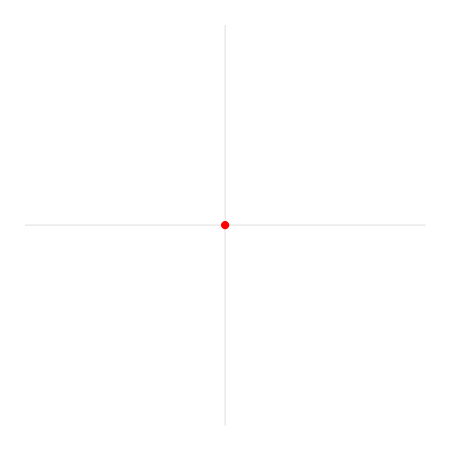Day Before Eclipse
I will use this video as an introduction to the eclipse: https://youtu.be/BmOR4XSZoIQ
On that day we are going to be citizen scientists, we are going to be measuring the temperature change during totality. On this day we will talk about what the temperature drop will look like and what type of graph might that be for the entire day? We will take guesses and put them up on the white board. Each student will be given one of the worksheets below and ask them to fill it out and be as specific as possible.
Here is a link to this graph: Graph Worksheet
After all of the students have recorded their own answers, I will show them the air temperature in Lusaka, Zambia during the June 21 solar eclipse. Ask them how it will differ
I will ask the students how this will be different or the same from their graph, and what the change in air temperature was and how they think they measured air temperature.
We will go outside and test our Eclipse Viewers to make sure all students know how to use them.
You can find the activity here: Temperature Change during Totality
Eclipse Day
For the 2 hours before and after the eclipse we will go outside on the soccer field and measure the air temperature every couple of minutes. For the time that the eclipse is happening, I will take the readings so the students can enjoy the eclipse.
Students will have their own recording sheet, since we are doing our more frequently than the one in the worksheet. I will have to change it.
Here is the link with all of information and this worksheet above attached here: Citizen Scientist
Day After Eclipse
I will compile all of the data that the students took and import it into GlobeObserver for the Citizen Scientist project. Also I will give all of the students the raw data and ask them to extrapolate. I want students to ask questions at the beginning of class and answer them to the group at the end of class. Example questions would include: What the graph looked like? How far were we off? What was the temperature drop? Did the air temperature drop faster or increase faster?
I want to make August 21st a learning experience, but also a chance to see something they may never see again. Some students might not see another eclipse until April 8, 2024. What are other math teachers doing during or for the eclipse?
The eclipse lesson was amazing. The citizen scientist record sheet was a great way to engage students in learning that day while collecting data. The best part of the record sheet was the amount of sun blocked out by the moon, students had to estimate the amount of sun blocked out by estimating.
Our final data they collected and then evaluated the next day was the following:
We went back into class and recorded what do you notice? What do you wonder?





















































